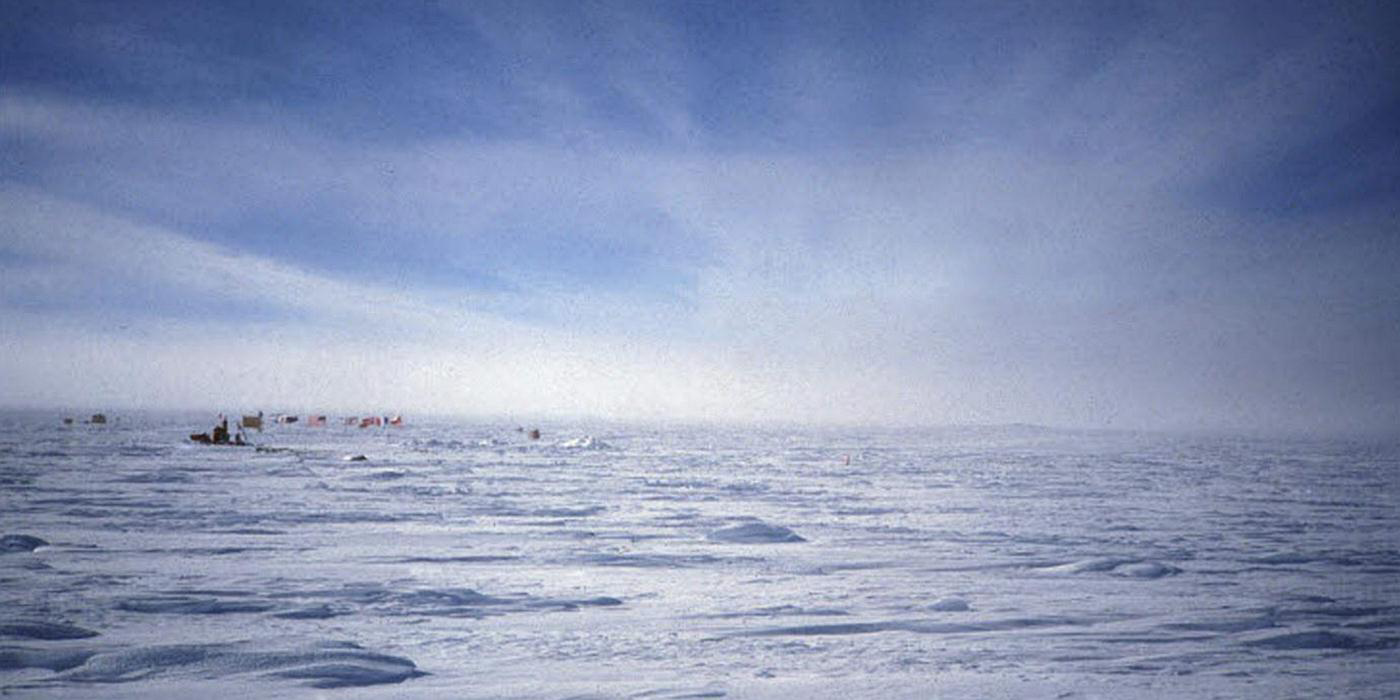This article is an excerpt from Chapter four in my new book The Chicken Little Agenda – Debunking Experts’ Lies. You can find out more about the book here, and can order the book from this link. This is the fifth of eight parts for Chapter four that will be presented here sequentially. Read part four here.
Chapter 4
Nuclear Power, Solar Power, and Things Beyond
Solar Power
We concluded in the previous chapter that, with a few minor exceptions, all energy on the Earth is either solar power or nuclear power. Obviously, the latter comes from within the Earth. It is energy already present on or in our planet. All we do is release it. Solar energy, on the other hand, originates with the sun, away from our planet. The sun streams energy in all directions. A very small portion of this energy is intercepted by the Earth. By now it should be pretty clear that our planet has struck an energy balance. That is to say that whatever energy from the sun our planet intercepts, it subsequently reradiates back into space. If this were not so, temperatures on the Earth would rapidly rise to intolerable levels. This is, in fact, another way of characterizing the greenhouse effect. If atmospheric conditions on the Earth cause the Earth to retain more energy that it radiates, it’s going to get warmer, maybe a lot warmer. And to complete the picture, when this “a lot warmer” eventually generates sufficient cloud cover, the energy equation will: (1) rebalance itself so that the temperature remains relatively constant; or (2) remain unbalanced to the hot side so that things keep getting hotter–which takes us back to the beginning of the argument; or (3) will go the other way, so that it gets colder–maybe a little, perhaps a great deal. Take your pick–nobody knows for sure.
Water consists of hydrogen and oxygen bound together chemically. We have learned that burning plant material–biomass–produces carbon dioxide. The carbon in the biomass combines with the oxygen in the atmosphere to produce carbon dioxide. Burning hydrogen produces only water. Hydrogen combines with the oxygen in the atmosphere to produce water. Herein lies a far-ranging solution to our dilemma.
Capture incoming solar energy, and use it to separate hydrogen and oxygen from water. The resulting hydrogen can then be distributed everywhere through our extensive pipeline network. Hydrogen can be burned like natural gas wherever flame is needed, leaving water as the only byproduct. Hydrogen can drive turbines to generate electricity, leaving water as the only byproduct. Hydrogen can produce electricity directly in fuel cells, leaving water as the only byproduct. Hydrogen can produce heat in space heaters and furnaces without flame, leaving water as the only byproduct. And, of course, hydrogen can be used in the production of many useful chemicals.
It is actually more efficient–translate this as less expensive–to transport energy by pumping hydrogen through pipelines than to transmit energy as electricity over high-tension lines. The way to make this work, then, is to capture solar energy as efficiently as possible and convert it to hydrogen for pipeline distribution.
The most efficient way to capture solar energy is outside the Earth’s atmosphere, in orbit. There is a remarkably large number of ways to do this. They range from huge mirrors that concentrate the sun’s rays, to sophisticated panels designed to convert sun
light directly into electricity, all the way to the low-tech capture of the sun’s heat by water-filled tubes, subsequently using the generated steam to drive turbines to create electricity. The mirrors could beam the energy directly to the Earth’s surface, to be captured there for subsequent use to generate hydrogen. The electricity generated by the other methods could be beamed to the surface as concentrated microwaves or even as concentrated laser beams. In the final analysis, however, the energy arrives at the Earth’s surface in concentrated useable form.
Our third elegant solution, therefore, is a network of solar-power satellites that beam their collected energy to equatorial marine stations for conversion to hydrogen. We can leave the specifics to the engineers who design the system. The hydrogen is liquefied and transported by ship to shore-based pipeline heads. From there, the hydrogen is distributed nationwide, wherever it is needed. The resultant energy is practically pollution free and makes zero contribution to the global greenhouse.
© 2006 – Robert G. Williscroft





Sorry, comments are closed for this post.